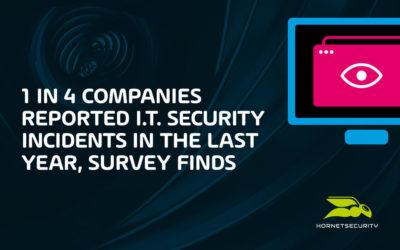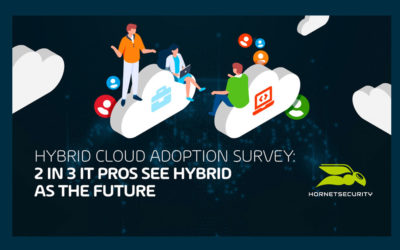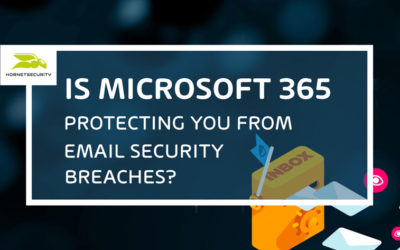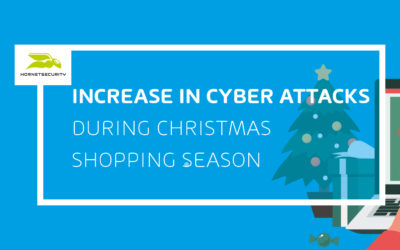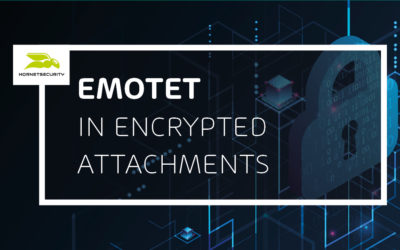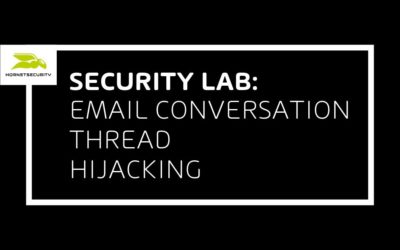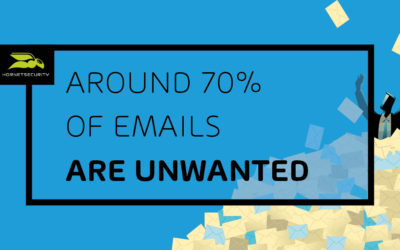IT Security Information
Get regular updates on current threats such as ransomware, phishing, CEO fraud and business email compromise.
1 in 4 companies reported IT security incidents in the last year, survey finds
27.6% of organizations were the target of known IT incidents in the last 12 months. A global survey of IT professionals and leaders of over 800 organizations reveals that more then a quarter of organizations surveyed has reported being the target of a security-related...
Hornetsecurity Hybrid Cloud Adoption Survey
Hybrid Cloud: 2 in 3 IT Pros state it’s their Future About the hybrid cloud adoption survey Migration to cloud technologies has always seemed like an inevitable, yet somewhat far off event. The events of the past two years, however, have accelerated the adoption...
1 of every 4 companies suffered at least one email security breach, Hornetsecurity survey finds
Increase in cybercrime in the pre-Christmas season
New Infopaper gives tips on how to best protect your businessThe year is coming to an end, and the earliest shoppers are thinking about what to give their loved ones for Christmas. Online stores and local businesses in turn are preparing for the high-volume,...
Leakware-Ransomware-Hybrid Attacks
Emotet in encrypted attachments – A growing cyber threat
Email Conversation Thread Hijacking
The Hornetsecurity Security Lab publishes new figures: about 70% of all emails are unwanted
Around 300 billion e-mails are sent every day - the number of e-mails sent and received for private and business purposes is forecast to rise to 361.6 billion by 2024. However, not all e-mails that end up in users' inboxes are wanted, and unwanted e-mails not only...

